Circularity
Circular business models retain the value of existing materials.
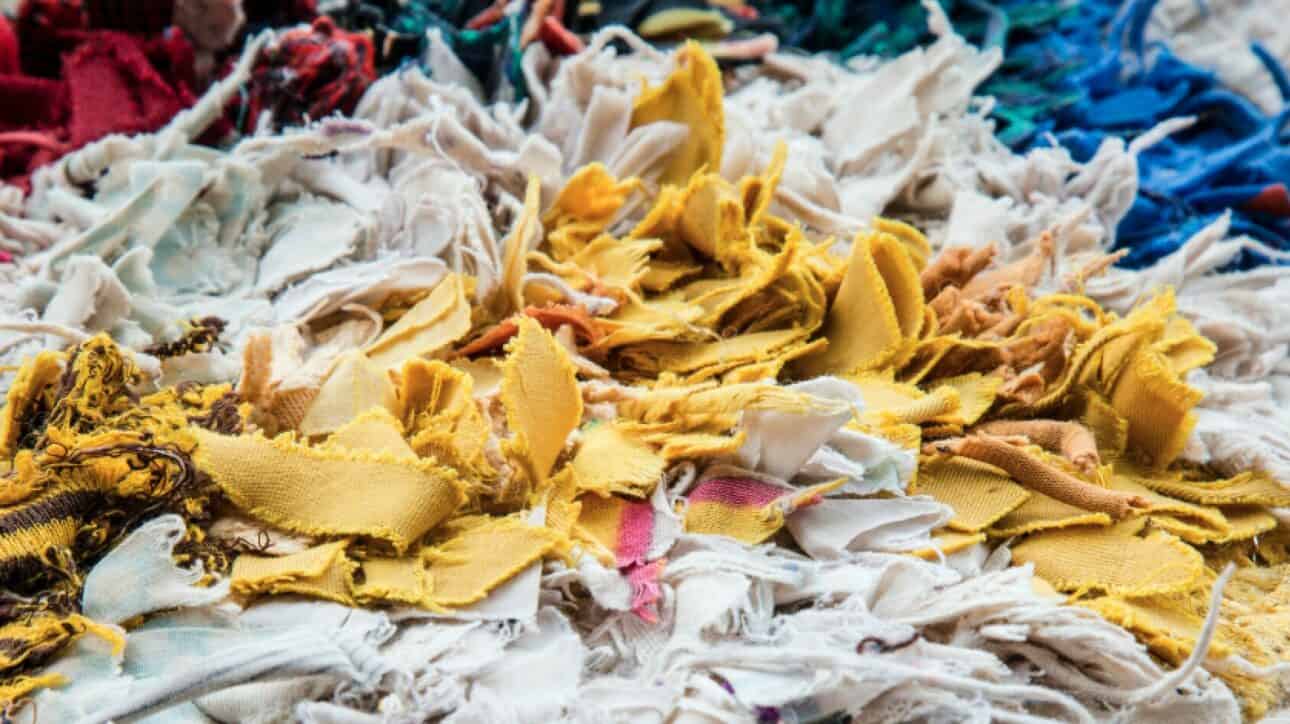
Traditional business models in the fashion and textile industry are extractive. They’re focused on producing greater volumes over time, which uses more resources and creates more waste. In contrast, circular business models focus on retaining the value of existing materials through perpetual cycles. They minimize waste and pollution, keep products and materials in use, and regenerate natural systems.
Circularity in numbers
Participating brands that are investing in circular innovation.
Participating brands that are thinking about circularity when designing their products.
Participating brands that have shared their circularity strategy publicly.
GOALS
Creating value shouldn’t have to mean extracting new resources.
A transition to a circular system has the potential to unlock an enormous economic opportunity for those brands willing to innovate and invest in new ways of doing business. Incorporating recycled materials into product collections is a good start. Companies then need to make sure their products and fabrics are designed and produced to be recyclable.
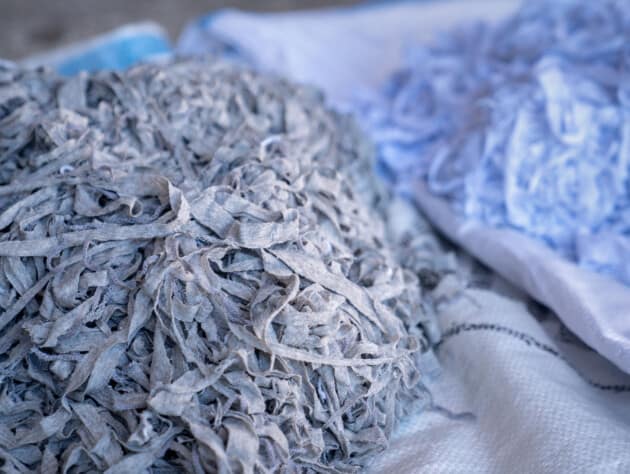
Take Action
Going circular demands a systems-thinking approach.
There are some key activities that top performers in the circularity category of the Materials Change Index have in common.
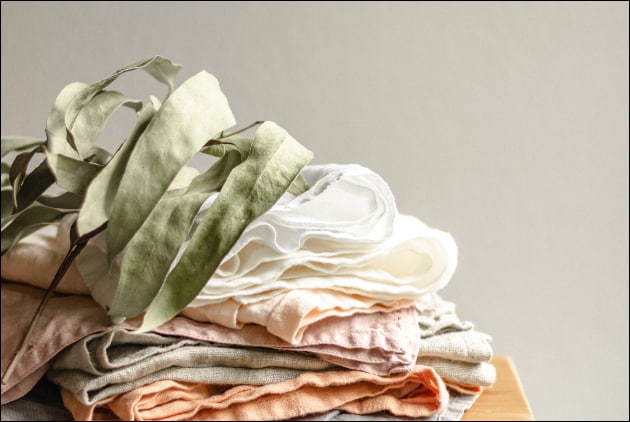
Explore new business models
Circularity touches every part of the value chain. It demands a systems-thinking approach. The brands with the best circular strategies are building transformative business models that will help them stay competitive in the future. These might include rental models, alternative markets for unsold goods, extended producer responsibility, and second-life business models. These models will disrupt the way companies make money and require buy-in and excitement at every level of the business.
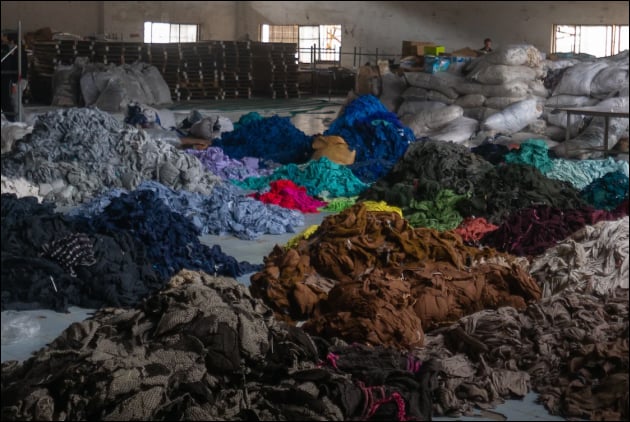
Invest in innovation
As companies increase their uptake of recycled inputs and explore circular models, there’s an urgent need to invest in new technologies that can close the loop efficiently and cost-effectively. In a circular model, there’s no waste: all materials are usable resources. A new circular textiles system needs solutions that let us recycle textiles back into textiles without degrading quality.
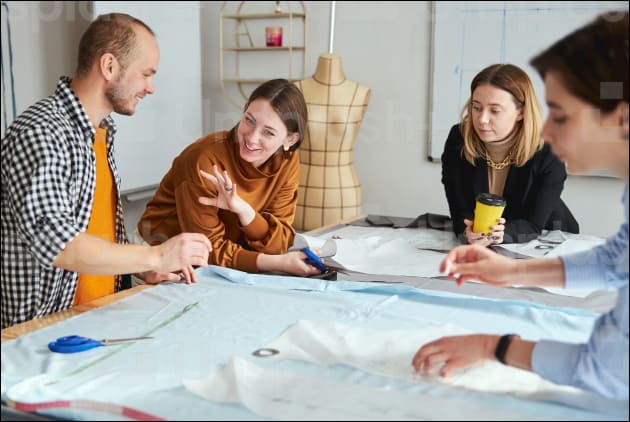
Take part in pre-competitive initiatives
The brands leading the charge are not only investing in research and development but engaging in pre-collaborative initiatives too. Leading companies use industry groups to guide their circular sustainability strategies and identify opportunities to collaborate with other changemakers to drive the entire industry’s progress forward. They also share their learnings with others, treating the results of any internal innovation as an opportunity to lead industry transformation, not just a competitive advantage.
Learn More
Dive deeper into materials and standards
We’re lighting the way to a more climate-friendly future for the industry by defining the criteria for preferred materials and helping brands understand where they come from.
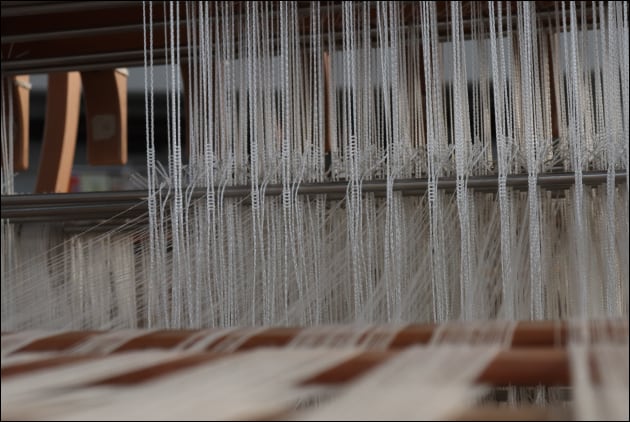
get involved
See how your company compares to others
We’ve created a common framework for brands to report on their progress in sustainable materials sourcing.